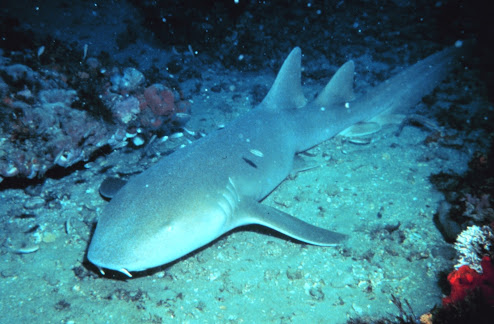 |
| UC assistant professor Pietro Strobbia consulted with the Cincinnati Art Museum to solve a mystery about one of its ancient Chinese masterpieces. Photo credit: Andrew Higley/University of Cincinnati |
The Cincinnati Art Museum turned to a scientist at the University of Cincinnati for help solving a mystery 1,300 years in the making.
The museum’s Chinese dancing horse sculpture is so realistic that the fiery steed seems ready to gallop off its pedestal. But East Asian art curator Hou-mei Sung questioned the authenticity of a decorative tassel on the terracotta horse’s forehead that resembles the horn of a mythological unicorn.
The museum reached out to UC College of Arts and Sciences assistant professor of chemistry Pietro Strobbia for help to determine if the tassel was original to the work.
“Many museums have a conservator but not necessarily scientific facilities needed to do this kind of examination,” Strobbia said. “The forehead tassel looks original, but the museum asked us to determine what materials it was made from.”
Strobbia and his collaborators wrote about the project for a paper published in the journal Heritage Science.




















.jpg)



.jpg)

